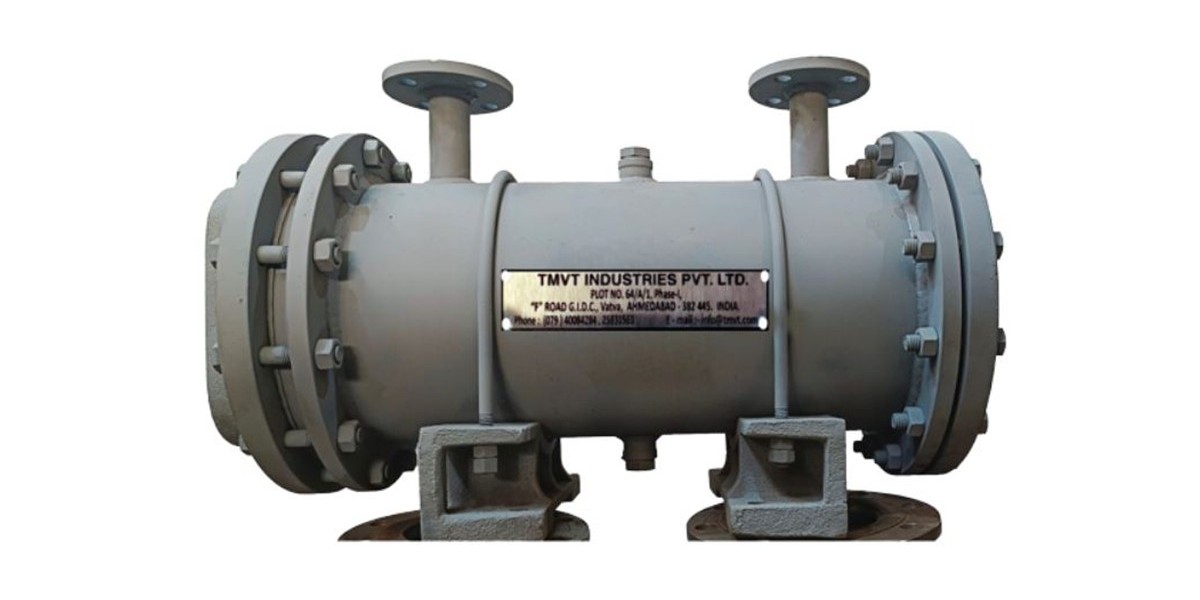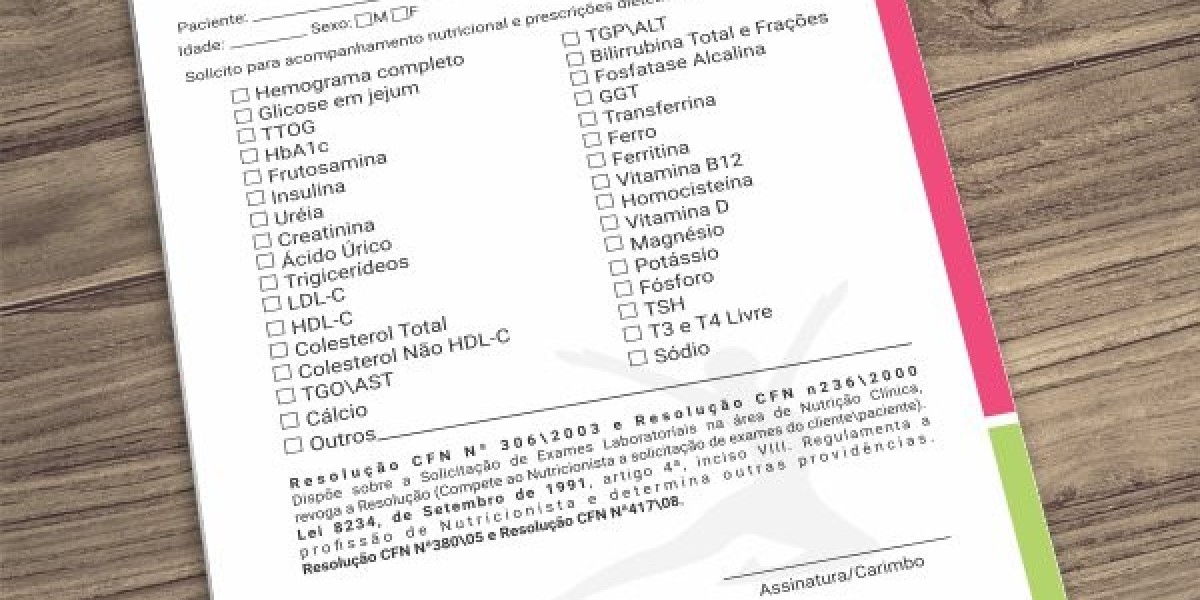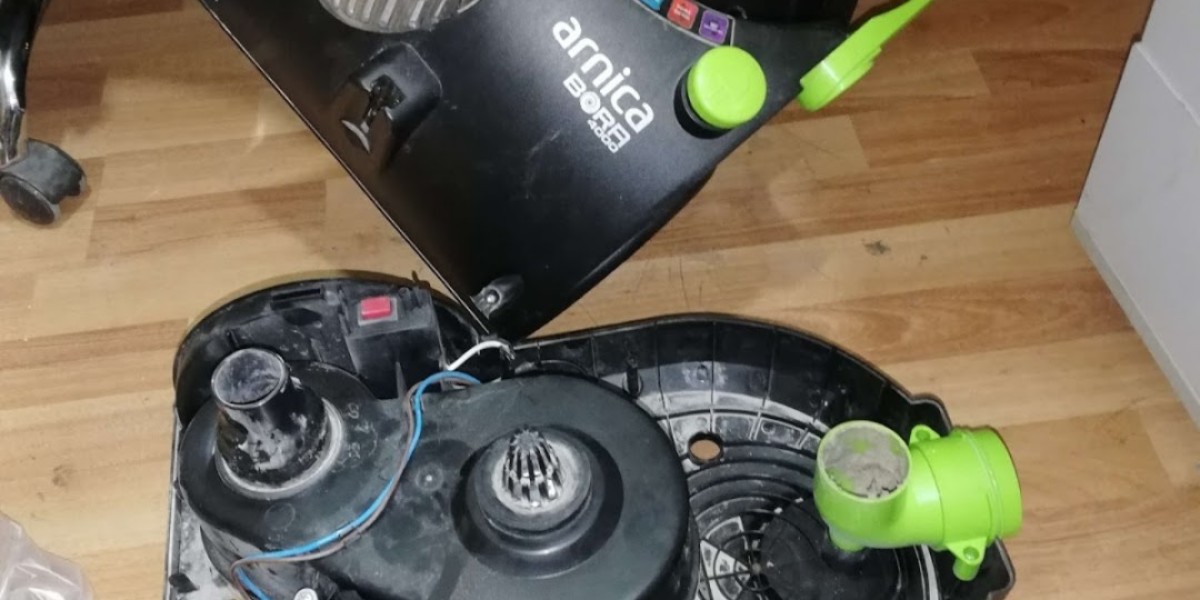Heat exchangers are crucial components in numerous industrial applications, from power plants to chemical processing and HVAC systems. These devices facilitate the efficient transfer of heat between two fluids without mixing them, which helps maintain temperature control and energy efficiency. However, one of the most significant challenges to the performance of heat exchangers is fouling. Fouling occurs when unwanted materials accumulate on the heat transfer surfaces, leading to a decrease in efficiency, higher energy consumption, and potentially even system failure. In this article, we’ll explore the impact of fouling on heat exchanger efficiency and offer strategies to prevent it, ensuring that these vital systems remain effective.
What is Fouling in Heat Exchangers?
Fouling refers to the build-up of materials such as scale, sediment, biological growth, and corrosion products on the heat transfer surfaces within a heat exchanger. These deposits form as a result of heat transfer, fluid flow, and other factors within the system. When fouling occurs, it forms an insulating layer on the surfaces, reducing the efficiency of heat exchange. As the deposits accumulate, they create a barrier that restricts the flow of heat, resulting in the need for more energy to achieve the same level of temperature control.
The Impact of Fouling on Heat Exchanger Efficiency
Reduced Heat Transfer Efficiency Fouling increases thermal resistance on the heat exchanger surfaces, which directly impacts heat transfer efficiency. With an insulating layer of debris, the heat from one fluid cannot be transferred as effectively to the other fluid. This leads to slower temperature regulation and requires the system to work harder to maintain desired temperatures, ultimately reducing energy efficiency.
Higher Operational Costs As fouling reduces the effectiveness of heat exchangers, it leads to higher energy consumption to achieve the same thermal output. This inefficiency translates into increased operational costs, as more energy is required to heat or cool fluids. Furthermore, fouled heat exchangers may require more frequent maintenance, adding to the overall operational expenses.
Increased Pressure Drop The build-up of fouling can also cause an increase in pressure drop across the heat exchanger. As the debris collects in the flow paths, it creates resistance to fluid movement, forcing the system to use more energy to pump fluids through the heat exchanger. This can cause mechanical stress on pumps and valves, further escalating maintenance costs and the likelihood of system failure.
Shorter Equipment Lifespan If fouling is not addressed promptly, the increased wear and tear on the system can shorten the lifespan of heat exchangers and other related equipment. Corrosion and other forms of fouling can lead to the degradation of materials, causing leaks, cracks, and ultimately failures that may require costly repairs or replacements.
Environmental Impact The increased energy consumption caused by fouled heat exchangers also contributes to a larger carbon footprint. More energy consumption means more fuel use, which increases greenhouse gas emissions. Thus, fouling not only impacts the operational efficiency of the system but also its environmental footprint.
How to Prevent Fouling in Heat Exchangers
Prevention is always better than cure, especially when it comes to fouling in heat exchangers. Below are some effective strategies to reduce and prevent fouling from occurring in the first place:
Regular Cleaning and Maintenance One of the most straightforward ways to prevent fouling is to schedule regular cleaning and maintenance of the heat exchanger. Depending on the type of system and the environment in which it operates, heat exchangers should be cleaned periodically to remove any build-up of deposits. This can include mechanical cleaning, chemical cleaning, or even the use of high-pressure water jets.
Use of Anti-Fouling Coatings Another preventative measure is the use of anti-fouling coatings on heat exchanger surfaces. These coatings reduce the adhesion of fouling materials, making it easier to remove them and preventing them from accumulating in the first place. Anti-fouling coatings are available in various forms, including hydrophilic coatings that help reduce surface tension, preventing particles from sticking.
Controlling Fluid Velocity Maintaining the right fluid velocity can help minimize fouling in heat exchangers. If the fluid velocity is too low, particles are more likely to settle on the surface and form deposits. On the other hand, if the velocity is too high, it can cause erosion. A balanced fluid velocity helps keep the surfaces clean while maintaining effective heat transfer.
Optimizing Fluid Chemistry The chemical composition of the fluids circulating through a heat exchanger plays a significant role in fouling. By controlling factors such as pH, hardness, and the concentration of certain chemicals, the likelihood of fouling can be minimized. For example, water used in heat exchangers should be treated to prevent scale formation. Chemical treatments can also help break down biological fouling.
Implementing Filtration Systems Installing filtration systems upstream of heat exchangers can help reduce the amount of debris and particles that reach the heat transfer surfaces. These systems can be designed to filter out larger particles before they enter the heat exchanger, thereby reducing the likelihood of fouling.
Monitoring and Predictive Maintenance Advanced monitoring systems can help detect the early signs of fouling, allowing for timely intervention. Sensors can track temperature, pressure, and flow rate changes in the system, providing valuable insights into the condition of the heat exchanger. Predictive maintenance technologies can forecast when cleaning or repairs will be needed, helping to avoid unplanned downtime and more severe fouling issues.
Conclusion
Fouling is a significant issue that affects heat exchanger efficiency and can lead to higher energy costs, equipment failure, and environmental harm. However, with proactive measures like regular cleaning, the use of anti-fouling coatings, fluid velocity optimization, and effective fluid treatment, fouling can be minimized or even prevented. By investing in proper maintenance and monitoring strategies, businesses can improve the longevity and performance of their heat exchangers while keeping operational costs in check.








